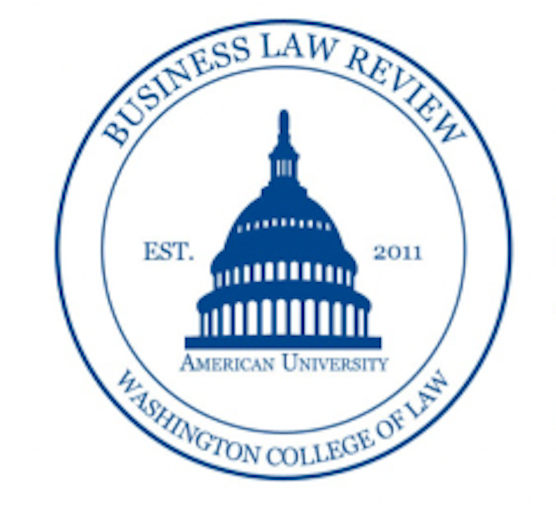By: Magdalene Eallonardo

Purdue Pharma L.P. (“Purdue”), a U.S. drug maker, and its billionaire owners, the Sackler family (“Sacklers”), are facing more than 2,600 lawsuits from municipal governments and states surrounding their contribution to the opioid crisis.[1] These claims allege Purdue deceptively marketed its prescription painkiller OxyContin and misrepresented the risks of addiction and overdose to doctors and patients.[2] Consequently, the company filed for bankruptcy protection under Chapter 11 of the U.S. Bankruptcy Code (“Code”) which allows the debtor to continue business operations and propose a plan for reorganization.[3] The bankruptcy court can approve the plan if it complies with the confirmation requirements set forth in section 1129.[4] Purdue’s original proposal included a $4.5 billion payout to states, municipalities, and tribes to fund opioid treatment, addiction prevention, and victim compensation.[5] The bankruptcy court approved Purdue’s plan for restructuring and settlements, but several states appealed, and the district court vacated the ruling.[6]
The provision most at issue throughout the negotiations is the non-consensual third-party release.[7] This clause would absolve the Sacklers and related parties of personal liability from all current and future lawsuits related to Purdue or with which the conduct, omission, or liability of Purdue is legally relevant.[8] This liability shield would also be binding on any involved actors that refused to consent to the inclusion of such terms.[9] This type of release is usually only applied to company owners that also file for personal bankruptcy during restructuring.[10] The bankruptcy court originally affirmed Purdue’s plan with this provision because it found the proposed settlements to be fair to the plan’s objectors.[11] In overturning this holding, the district court discussed the unsettled precedent set forth by various Circuits and ultimately referred to the only section in the Code that explicitly authorizes third-party releases in the context of asbestos claims.[12] Because of this language, the court concluded that Congress intended to limit these releases’ applicability to particular circumstances.[13] Purdue’s appeal to the Second Circuit is pending as settlement negotiations continue.[14]
Until this statutory question is resolved by higher courts, the future of bankruptcy restructuring remains uncertain.[15] It is unlikely that the Second Circuit will allow the Sacklers’ non-consensual third-party provision.[16] Affirming the bankruptcy court’s interpretation will require the Second Circuit to infer additional intent into already specific language.[17] The Code requires settlements to be fair and equitable, and such an agreement would be opposing the several states that are parties to the settlement.[18] This controversy has attracted significant public attention due to the gravity of the opioid crisis.[19] Permitting the Sacklers to absolve themselves of personal liability and maintain their financial status would conflict with public policy.[20] This sentiment is also reflected in proposed federal legislation; the Nondebtor Release Prohibition Act of 2021 would greatly restrict the use of non-consensual third-party releases by prohibiting the release of a non-debtor’s liability in a bankruptcy plan and enjoining court proceedings to enforce such claims.[21] Until this issue is settled by the Supreme Court or Congress, the applicability of a non-consensual third-party release will remain largely jurisdictional, and companies involved in restructuring should understand the relevant statutory implications.[22]
[1] Purdue Pharma files for bankruptcy in the US, Brit. Broad. Corp. (Sept. 16, 2019), https://www.bbc.com/news/business-49711618 [hereinafter Purdue Pharma].
[2] Id.
[3] Purdue Pharma; 11 U.S.C.A. § 1108; 11 U.S.C.A. § 1121.
[4] 11 U.S.C.A. § 1129.
[5] Jan Hoffman, Sacklers Raise Their Offer to Settle Opioid Lawsuits by More Than $1 Billion, N.Y. Times (Feb. 18, 2022), https://www.nytimes.com/2022/02/18/health/sacklers-opioids-lawsuit.html.
[6] See generally In re Purdue Pharma, L.P., 633 B.R. 53 (Bankr. S.D.N.Y. 2021) (approving Purdue’s original plan); In re Purdue Pharma, L.P., 635 B.R. 26 (S.D.N.Y. 2021) (vacating the bankruptcy court’s ruling).
[7] See Hoffman, supra note 4.
[8] Stephen D. Lerner, District Court Rejects Purdue Pharma’s Chapter 11 Plan Over Non-Consensual Releases Provided to Sackler Family, Squire Patton Boggs (Dec. 21, 2021), https://www.restructuring-globalview.com/2021/12/district-court-rejects-purdue-pharmas-chapter-11-plan-over-non-consensual-releases-provided-to-sackler-family/.
[9] Id.
[10] Hoffman, supra note 4.
[11] In re Purdue Pharma, L.P., 633 B.R. at 112.
[12] In re Purdue Pharma, L.P., 635 B.R. at 91, 96, 104; 11 U.S.C.A. § 524.
[13] 11 U.S.C.A. § 524; see In re Purdue Pharma, L.P., 635 B.R. at 92.
[14] Hoffman, supra note 4.
[15] See Steven E. Ostrow et al., District Court Overturns Purdue Pharma’s Chapter 11 Plan and Related Releases of Sackler Family From Opioid Liability Claims, White and Williams LLP (Dec. 12, 2021), https://www.whiteandwilliams.com/resources-alerts-District-Court-Overturns-Purdue-Pharmas-Chapter-11-Plan-and-Related-Releases-of-Sackler-Family-from-Opioid-Liability-Claims.
[16] See Lerner, supra note 7.
[17] See In re Purdue Pharma, L.P., 635 B.R. at 91.
[18] See 11 U.S.C.A. § 1129; Lerner, supra note 7.
[19] See Hoffman, supra note 4.
[20] See id.
[21] Nondebtor Release Prohibition Act of 2021, H.R. 4777, 117th Cong. (2021).
[22] See Ostrow et al., supra note 14.


